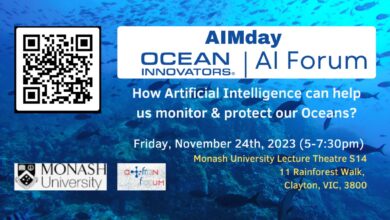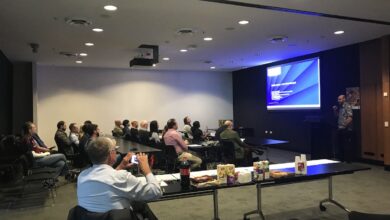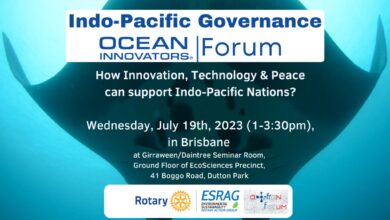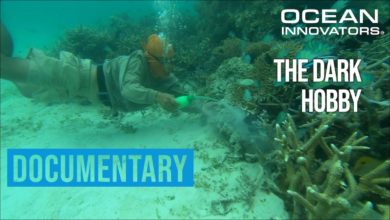See Turtles
Working with communities to save endangered sea turtles around the world.
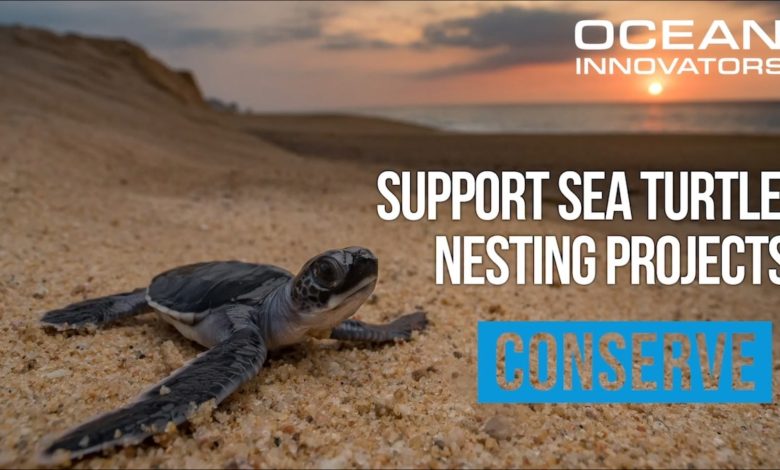
Talk about being comfortable in your own shell, sea turtles are a great example of being able to take your time, no matter what the world throws at you. The species, surviving since the age of dinosaurs, is recently facing terms of endangerment. This brings to the surface questions surrounding how the increase of human presence at beaches, constraints the space available for sea turtle nesting grounds; amongst other issues. SEE Turtles has been addressing these questions and working with communities to help the species before they even hatch!
What’s SEE Turtles?
See Turtles is a not for profit organisation that has been working with communities to protect sea turtles and their habitats since 2008. Spread across Latin America and through the world, the foundation recognised that the hard shell of a sea turtle isn’t protection enough in the world we live in and something’s got to be done about it. Encouraging ecotourism, See Turtles arose connecting travellers and volunteers with the community, to actively participate in conservation projects for sea turtles.
How Brad Nahill SEE’s Turtles.
For more than 10 years, Brad Nahill has been SEE-ing Sea Turtles. Co-founder of SEE Turtles, Brad has helped direct focus on conserving turtle nesting beaches and educational programs, apart from their eco-tourism efforts. Brad didn’t just start there. He’s been giving his energy to the turtles for more than 20 years now. Brad is a co-author of the Worldwide Travel Guide to Sea Turtles and also been given the President’s Award for his work as chair of the Awards Committee of the International Sea Turtle Society. This is of course, just a few mentioned works in a long list of well deserved efforts. Ocean Innovators recognises how much Brad and SEE Turtles need each other; and how much the world needs their team.
Why protect them?
Brad expresses how valuable sea turtles are, in the ocean and on the beaches. He was happy to share a few of the many ways sea turtles work in harmony with ecosystems. He explains that sea sponges and corals constantly compete with each other in the oceans. The Hawksbill turtles consume about 1000 pounds of sea sponges in a year; allowing coral reef expansion.
Just as controlled burning is done to improve nutrient content in the soil, consumption of sea grass by Green turtles enhances the quality of sea grass grown in the area.
A lot of us remember Dory, from Finding Nemogetting stung by a jelly fish. Yes, some jelly fish aren’t just dangerous to humans and have recently been multiplying like wild fire. Leatherback turtles, who eat a lot of jelly fish, come to the rescue and sort of maintain a balance.
The nests left behind by the turtles are a good source of nutrients for beach vegetation. A lot of the hatchlings are also a food source for a number of species.
‘Turtle Watching’ as Brad says, helps a great deal economically for the survival of a number of coastal communities. It also connects people to the sea turtles and helps them work in harmony with each other.
Around the world in Turtle days.
The SEE Turtles tree today has extended their branches to different kinds of conservation projects that people can get involved with.
Conservation Trips take people to sea turtle nesting beaches or turtle habitats in the water. There, they can help collect eggs, protect turtles, release hatchlings and collect data on the entire process.
The Billion Baby Turtles program collects funds to empower locals in the area to protect the nesting areas, turtles and their hatchlings right until the babies get back into the water.
Too Rare to Wear brings to light the workings of the International Tortoise Shell Trade, spreading awareness of how turtle-shells are turned to jewellery and other ornaments. The organisation educates people to recognise what kinds of products are from turtle-shells and how people can starve the trade to end the demand for turtle-shell products.
A positive turtle footprint in the making
What used to be tens of thousands of turtle nests fell to a mere 500 in 1999, expresses Brad. But the change in hunting practices has reduced turtle and egg consumption, helping these numbers cross 40,000 in just 20 years- that’s hope. Recent years have also impacted change in the way fishing gear is being designed, so that less turtles and other species are caught in the nets.
Brad’s hopes that tourism at the end of this pandemic, will change its DNA to be more supportive of local communities and conservation efforts. He also hopes the current research will increase investment into fishing technologies and break the pattern of fishing practices that are currently harming sea turtles.
How to help SEE the Turtles?
As SEE Turtles is impacted by the ebb and flow of tourism, the recent pandemic has limited the available conservation trips and projects able to run. The organisation aims t be steady enough to not depend solely on tourist rates to aid the species. Here are the ways you can be an active part of SEE Turtles for the sea turtles.
Donations
Funding has its challenges, especially for a small scale organisation. A dollar can save 10 baby sea turtles. That’s one 7Eleven coffee for 10 young lives. SEE Turtles has managed to save more than 4 million lives through these funds and the conservation projects around the world. Read more here.
Sign the Pledge
Sign the pledge and make a life-changing decision to refuse to buy turtleshell products, consume turtle meat and turtle eggs.
Travel with Us
Be it Mexico, Costa Rica or elsewhere, SEE Turtles is always open to have you on board; to take a trip and gain a hands-on experience helping these sea turtles.
Support them on Social Media
Instagram, Twitter and Facebook.
As Ocean Innovators celebrates 10 years to achieve the United Nations Sustainable Development Goals; it is an honour to share amazing work done by Brad and the SEE Turtles.



